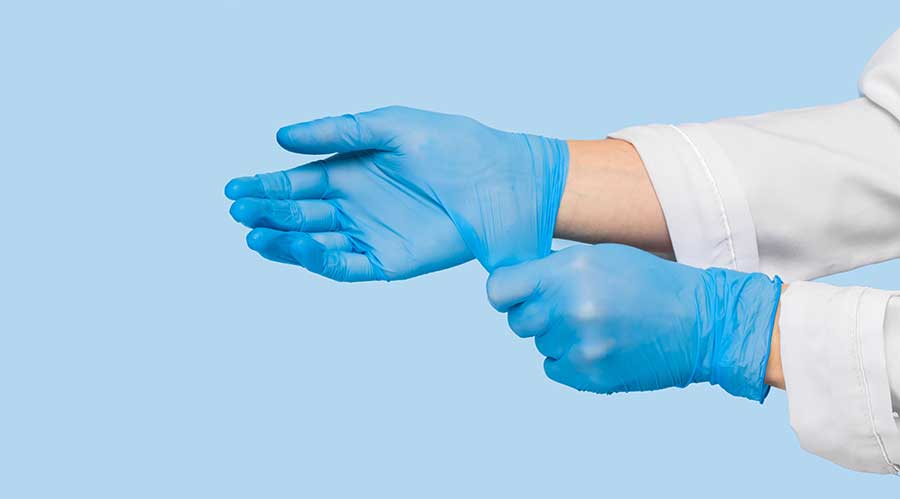The global infection control market size reached $22.8 billion in 2021. It is expected that the market will reach $35.5 billion by 2027, exhibiting a compound annual growth rate of 7.66 percent during 2021-2027.
Infection control aims to ensure the safety of healthcare workers and patients by minimizing the exposure to pathogens. It involves several practices, such as standard immunizations, practicing care while sneezing and coughing and using protective clothing, such as gloves, masks and surgical drapes and gowns.
Apart from this, cleaning, disinfecting and sterilizing objects and surfaces are other crucial infection control activities conducted in hospitals, clinics, laboratories and pharmaceutical and food manufacturing units.
The increasing prevalence of healthcare-associated infections (HAI) and chronic medical ailments is one of the key factors driving the growth of the market. As the COVID-19 pandemic continues to spread across the globe, there also is an acute shortage of masks, personal protection equipment and sanitization solutions. As a result, there has been a significant increase in the demand for infection control in healthcare centers. In line with this, increasing health consciousness among the masses is also providing a boost to market growth.
Food manufacturers also are increasingly emphasizing sterilization and disinfection to minimize the risks of contamination and spoilage of food and beverages. Various product innovations, such as the development of single-use medical nonwoven devices and sanitizers with high-intensity infection prevention capabilities, also are contributing to the growth of the market. Other factors, including the rising geriatric population that is more susceptible to infections, along with improvements in the healthcare infrastructure, are anticipated to drive the market further.

 Building Sustainable Healthcare for an Aging Population
Building Sustainable Healthcare for an Aging Population Froedtert ThedaCare Announces Opening of ThedaCare Medical Center-Oshkosh
Froedtert ThedaCare Announces Opening of ThedaCare Medical Center-Oshkosh Touchmark Acquires The Hacienda at Georgetown Senior Living Facility
Touchmark Acquires The Hacienda at Georgetown Senior Living Facility Contaminants Under Foot: A Closer Look at Patient Room Floors
Contaminants Under Foot: A Closer Look at Patient Room Floors Power Outages Largely Driven by Extreme Weather Events
Power Outages Largely Driven by Extreme Weather Events